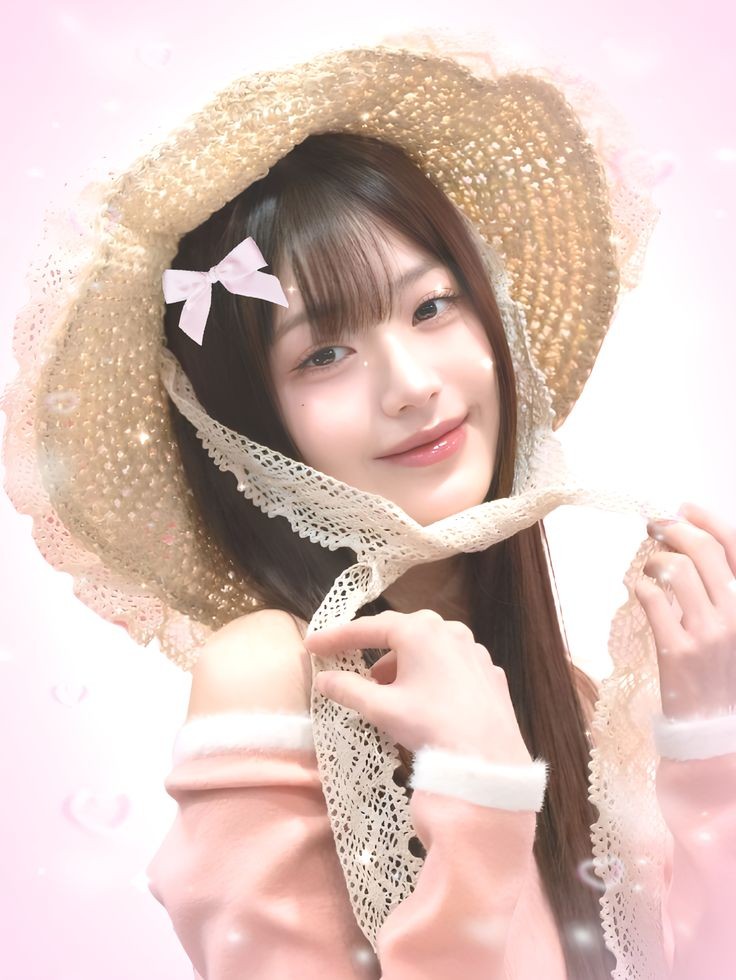English short story elements (Q1)
Cards (33)
- The chain of events in a story
- The first major action in the story that sets the story in motion (gets the ball rolling)
- Incidents that carry the plot along
- A technique for hinting at events that may occur later in the plot
- The insertion of an earlier event into the time order of a narrative
- Person vs. Self
- Person vs. Person
- Person vs. Society
- Person vs. Environment
- Person vs. Fate
- Person vs. Technology
- Person vs. Supernatural
- The feeling of excitement and curiosity that keeps the reader turning the pages; created by making the readers wonder how the conflict will be resolved
- The character completes the action of his/her decision
- Atmosphere
- Theme
